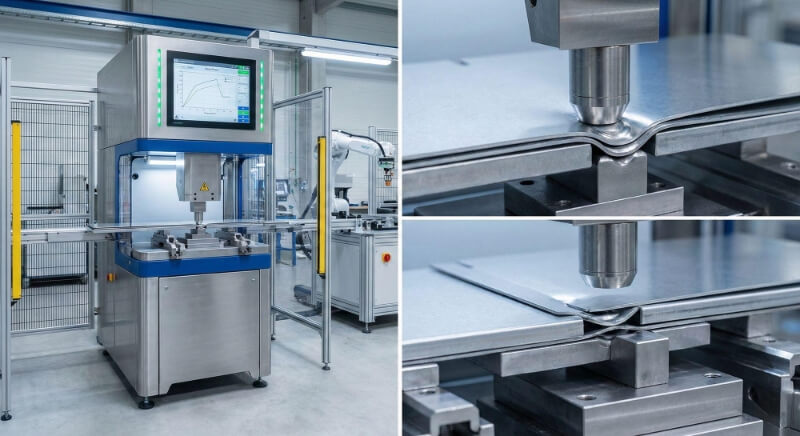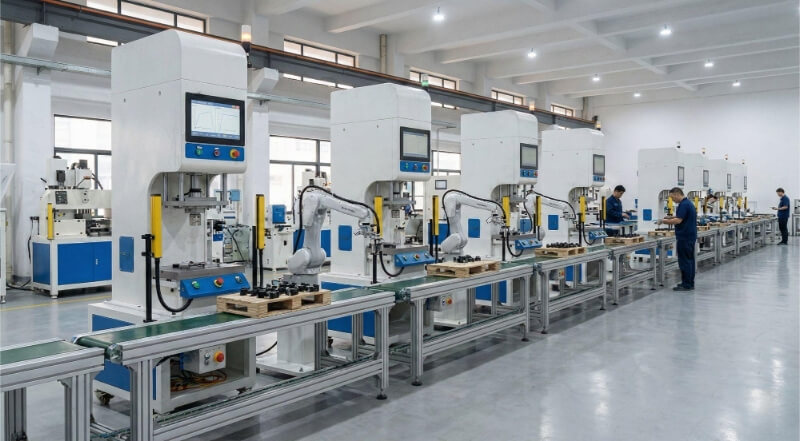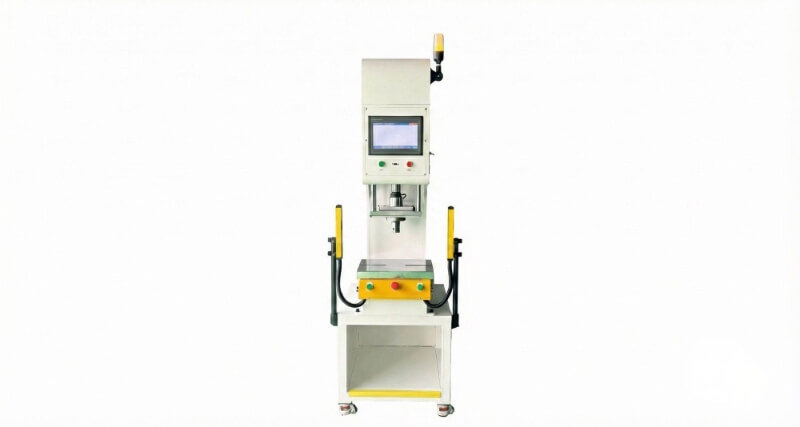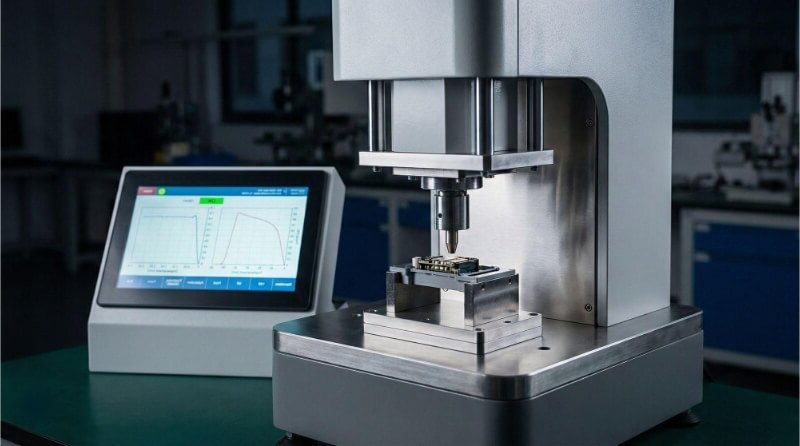Stainless steel is everywhere—in medical tools, marine parts, and food processing equipment. But when choosing between 316 and 316L stainless steel, many get stuck. The names are similar, yet the differences matter greatly in real-world applications. This post breaks down the differences clearly, so you don’t make a guess—you make the right call for your next project.
316 and 316L are both austenitic stainless steels with excellent corrosion resistance. The key difference? 316L has less carbon, making it better for welding and high-temperature applications. 316 offers slightly higher strength in non-welded, room-temperature uses.
You might think it’s a tiny change, but lower carbon content can significantly impact projects involving welding or harsh environments. Let’s get into the details and see how each type stacks up in performance, cost, and real-world use.
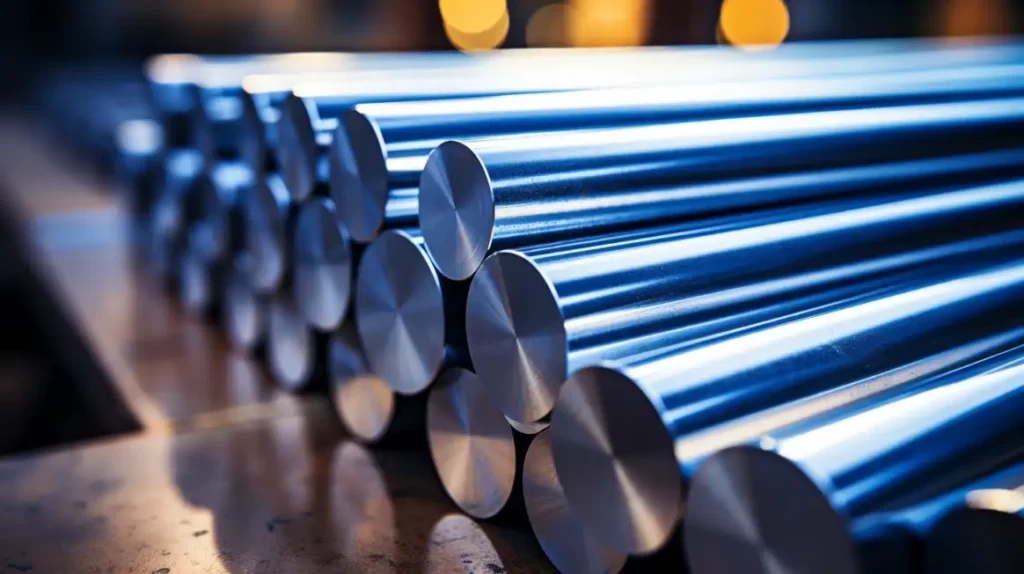
316 vs 316L Stainless Steel: Chemical Composition Breakdown
Let’s look at what these steels are made of. The mix of elements changes how each one works.
Key Elements in 316 Stainless Steel
316 stainless steel includes:
- Chromium: around 16–18%
- Nickel: around 10–14%
- Molybdenum: about 2–3%
- Carbon: up to 0.08%
Chromium adds corrosion resistance. Nickel improves strength and stability. Molybdenum helps fight off chloride damage.
Key Elements in 316L Stainless Steel
316L has a very similar structure:
- Chromium: around 16–18%
- Nickel: around 10–14%
- Molybdenum: about 2–3%
- Carbon: maximum 0.03%
Everything is close, except for one detail—carbon.
Main Difference: Carbon Content
316L has a much lower carbon level than 316. That’s the “L” in the name. It stands for “Low Carbon.”
Implications of Higher Carbon Content
Higher carbon makes steel stronger and harder. But it also raises the risk of carbide formation during welding. Carbides can cause rust to form near welded areas. This makes 316L better for parts that will be welded. It reduces the risk of corrosion after welding.
Physical and Mechanical Properties
Now, look at how 316 and 316L perform under physical stress and heat. These factors help decide which one suits your project best.
Strength and Hardness Comparison
316 stainless steel has slightly higher tensile and yield strength than 316L. This is because of its higher carbon content. It’s a bit harder, too.
316L is softer and slightly less intense. But it still holds up well under pressure. The difference is negligible for most applications unless high strength is a priority.
Elongation and Ductility
Both steels are ductile. They can stretch without cracking.
316L tends to stretch more before breaking. That makes it a better choice when parts need to bend or form. It also makes it easier to weld and shape.
Density and Melting Point
316 and 316L have almost the same density—about 8.0 g/cm³. They’re also close in melting point, around 1370–1400°C (2500–2550°F).
So in terms of weight and heat resistance, there’s no significant difference.
Thermal Expansion and Conductivity
These steels expand when heated. They also conduct heat at similar rates.
Thermal expansion is about 16 µm/m°C. This matters in high-temperature settings where movement from heat can affect part fit or alignment.
Their thermal conductivity is low, so they don’t transfer heat quickly. This is common in austenitic steels.
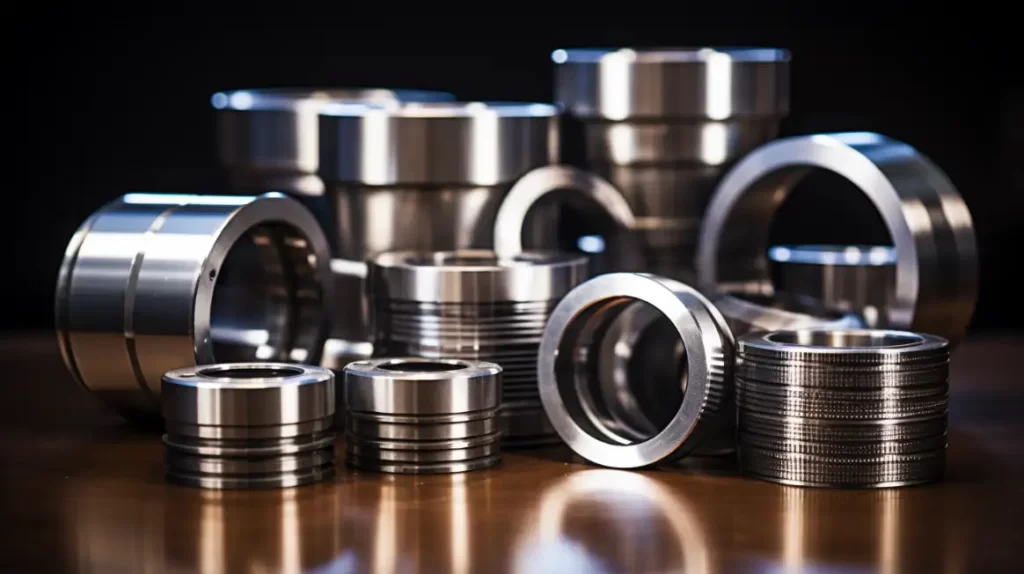
Corrosion Resistance
Both 316 and 316L are known for strong corrosion resistance. But the slight difference in carbon changes how they perform in harsh environments.
General Corrosion Behavior
316 and 316L resist rust and oxidation very well. This makes them suitable for outdoor and high-humidity areas.
316L performs slightly better after welding. It avoids corrosion near welds because it doesn’t form chromium carbides easily.
Resistance in Marine Environments
Both are good in saltwater, but 316L has an edge. It handles chloride exposure better over time, especially in welded joints.
For boat fittings, marine fasteners, or coastal buildings, 316L often lasts longer.
Resistance to Chemicals and Acids
They both stand up well to acids, alkalis, and solvents.
316L performs better in harsh chemical processes or where acids are involved, especially after welding. It resists acid attack at weld points better than 316.
Pitting and Crevice Corrosion Performance
Chloride-rich environments can cause tiny holes, known as pitting, or hidden corrosion in tight spaces.
Molybdenum helps both steels fight this off. But again, 316L has a slight advantage when welds are involved. It reduces the chance of weak spots forming.
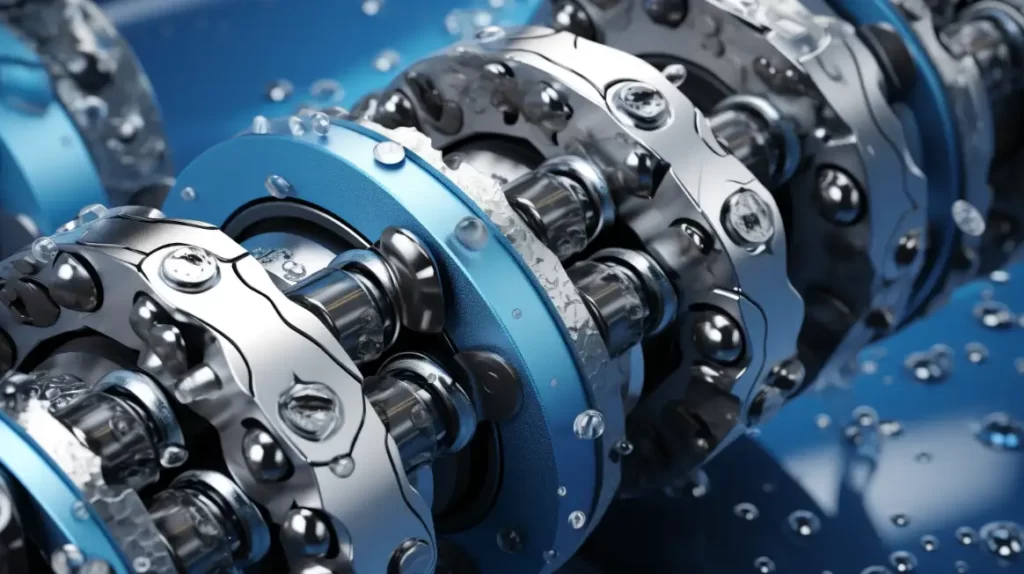
Weldability and Fabrication
Welding and shaping are common steps in many stainless steel projects. This is where the slight difference in carbon content becomes more obvious.
Welding 316 vs 316L
Both 316 and 316L can be welded using standard methods. But 316L is the preferred choice for welding.
It produces cleaner welds with less chance of corrosion. 316 may need extra steps to avoid future rust around the weld area.
Carbide Precipitation Risks
When 316 is welded, the heat can cause carbon to bind with chromium. This forms chromium carbides. These carbides reduce corrosion resistance near the welds.
316L has less carbon, so this problem is significantly reduced. That’s why it’s often used in welded structures.
Post-Weld Treatments and Passivation
After welding 316, heat treatments or chemical cleaning might be needed. These help remove carbides and restore corrosion resistance.
316L usually doesn’t need these steps, which saves time and cost. Light passivation is often enough to clean the surface.
Formability and Machinability Differences
Both materials can be formed, bent, and cut. 316L is softer, so it forms more easily and has lower springback.
Machining is slightly more complex with 316L due to its lower hardness, but the difference is minor. Using the right tools and speeds makes both easy to work with.
316 vs 316L Stainless Steel: Which is More Cost-Effective?
Cost is often a key factor when choosing between 316 and 316L. The price difference is usually slight, but it depends on the project.
316 and 316L are made with the same base metals. Because of this, their raw material costs are nearly the same. However, 316L sometimes costs slightly more due to extra processing to reduce carbon.
In welding-heavy projects, 316L can save money in the long run. It reduces the need for post-weld cleaning or heat treatment. That means less labor and fewer steps.
For simple parts with no welding, 316 may be the better deal. It gives good strength and corrosion resistance at a slightly lower price.
The most cost-effective choice depends on the process, not just the material price. Consider the whole job—welding, forming, and finishing—when deciding.
Quick Comparison Table: 316 vs 316L Stainless Steel
The table below highlights the key differences between 316 and 316L stainless steel. Use this comparison to evaluate their performance, weldability, corrosion resistance, and cost quickly.
| Property | 316 Stainless Steel | 316L Stainless Steel |
|---|---|---|
| Carbon Content | Up to 0.08% | Max 0.03% |
| Corrosion Resistance | Good general resistance | Better after welding |
| Weldability | Higher risk of carbide precipitation | Low risk—better for welding |
| Post-Weld Treatment | May be required after welding | Usually not needed |
| Tensile Strength | Higher | Slightly lower |
| Ductility | Good | Higher—easier to bend |
| Machinability | Good | Slightly harder to machine |
| Formability | Suitable for most shapes | Easier to form |
| Marine Use | Resists salt water | Performs better over time |
| Chemical Resistance | Strong | Stronger near welds |
| Pitting Resistance | Good | Better in chloride environments |
| Density | 8.0 g/cm³ | 8.0 g/cm³ |
| Melting Point | 1370–1400°C | 1370–1400°C |
| Thermal Expansion | 16 µm/m°C | 16 µm/m°C |
| Thermal Conductivity | Low | Low |
| Cost | Usually cheaper | Usually slightly more |
| Best Use | General structural parts | Welded parts or harsh environments |
316 vs 316L Stainless Steel: Application-Based Comparisons
Both 316 and 316L are used across many industries. But some jobs need specific strengths, like better welds or extra corrosion protection. Let’s look at where each one fits best.
Medical and Pharmaceutical Equipment
316L is the common choice here. Its low carbon content helps avoid contamination from corrosion near welds. It’s also easier to sterilize and holds up well against body fluids and cleaning chemicals.
Marine and Coastal Structures
Both types resist saltwater, but 316L performs better over time. It handles welded joints in marine parts more reliably. Boat hardware, coastal railings, and submerged components often use 316L.
Food and Beverage Processing
316 is often used, but 316L is preferred when welding is involved. It prevents rust in joints and is easier to clean. That makes it better for sanitary equipment and piping.
Chemical and Petrochemical Plants
316L works better in tanks, valves, and piping that deal with acids or chlorides. Welded parts last longer without stress corrosion cracking. It’s often the safer pick for chemical exposure.
Architectural and Structural Use
316 is fine for structural parts where welding isn’t needed. It offers strength and corrosion resistance at a lower cost. For welded features or outdoor installations, 316L provides more long-term stability.
Aerospace and Automotive Components
316 is used in parts where strength and heat resistance matter more than weld performance. 316L is used in systems with welded tubing or where corrosion fatigue is risky. Both are used based on part location and stress level.

Selecting the Right Grade
Choosing between 316 and 316L depends on how the material will be used. Consider the process, the environment, and long-term performance needs.
When to Use 316?
Use 316 when:
- Welding is not required
- Strength is slightly more critical than corrosion resistance
- You want to lower costs for general-purpose parts
- The application involves mild chemicals or non-marine environments
It works well for structural parts, fasteners, and indoor equipment.
When to Use 316L?
Use 316L when:
- Welding is part of the process
- The part will face chlorides, saltwater, or harsh chemicals
- You need maximum corrosion resistance at welds
- The application is in the medical, food, or marine industries
It’s better for piping, tanks, and welded frames.
Key Decision-Making Factors
- Weldability: 316L wins when welding is involved
- Corrosion at Welds: 316L reduces carbide buildup
- Strength: 316 is slightly stronger
- Cost: 316 is often more affordable
- Environment: 316L performs better in harsh or chloride-heavy settings
Pick the one that matches your process, not just the specs. The right grade saves time, lowers repair needs, and improves part life.
Conclusion
316 and 316L stainless steels are very similar in structure and use. The main difference lies in their carbon content. 316L has lower carbon, making it better for welding and more corrosion-resistant at weld joints. If your project involves welding, harsh chemicals, or marine environments, 316L is usually the better choice. 316 offers solid performance at a slightly lower cost for general use with no welding.
Need help selecting the right stainless steel for your next project? Contact our team for expert guidance, fast quoting, and custom solutions tailored to your needs.
Hey, I'm Kevin Lee

For the past 10 years, I’ve been immersed in various forms of sheet metal fabrication, sharing cool insights here from my experiences across diverse workshops.
Get in touch

Kevin Lee
I have over ten years of professional experience in sheet metal fabrication, specializing in laser cutting, bending, welding, and surface treatment techniques. As the Technical Director at Shengen, I am committed to solving complex manufacturing challenges and driving innovation and quality in each project.

